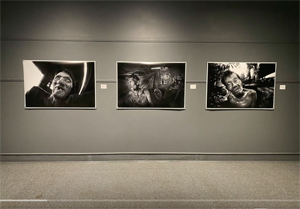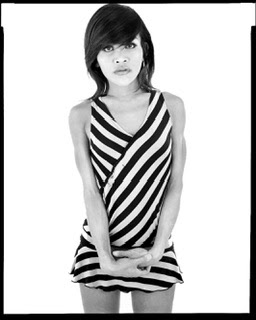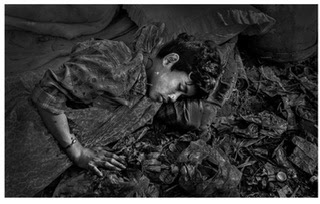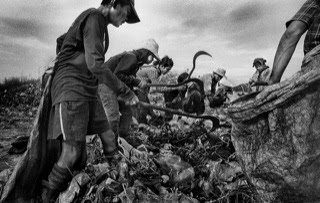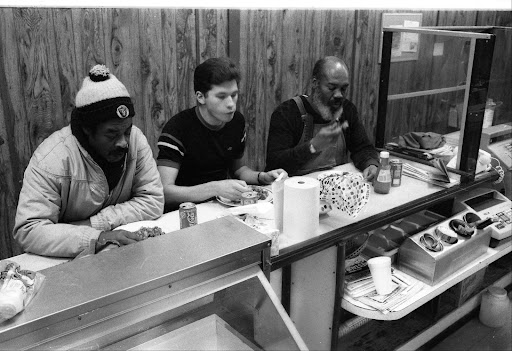Hi Everyone, Merry Xmas
I decided to write up a little note for my blog and Facebook about the system I will probably use to make ambrotypes. Writing things down helps me focus my thoughts, figure things more clearly.
First off, I wanted to thank all of you who have reached out with advice through the last 2 or 3 years. Without your help and suggestions, I would have never been able to move forward. My goal in all of this is to develop a working system that will allow me to make 35x35 inch plates. I need a practical working technique that can go that large. I will be working out of a darkroom trailer while traveling around Canada in an RV. If possible, I want to complete the entire plate in the field. The photo making trips could last up to 4 months each, having completed plates makes a certain amount of sense. Seeing the completed plates will inspire me (assuming they are good) to work harder to make more. That’s the hope anyway.
What type of substrate? Tin types were never my thing, Black glass while beautiful if done right I find a bit to 2 dimensional, I also do not like the reversed image. The glass is also hard to find. For me the answer is clear glass ambrotypes. Not only clear glass but reversed clear glass. I love the illusion of 3d this creates, I also love the idea, the feeling that the image is caught INSIDE THE GLASS. There is a certain innate beauty in having a subject IN the glass. A moment of time inside that is captured from a “another world” and preserved like Orwell’s coral paperweight from 1984. A nice bonus for me to doing these reversed ambrotypes is that everything is the right way around, no backwards writing, backward subjects. Another thing I prefer about “clear glass reversed ambrotypes” is that the front of the image is glass, not varnish. I like that you cannot see the varnish, only the sheen/shine of the glass. It all works out for me as the most beautiful type of ambrotype.
So, then the question becomes, how to make the reversed clear glass ambrotypes? Many have spoken against applying paint/Asphaltum or other substances to the collodion side of the plate. Many have said this is archivally unsound and it may well be. How long will it last? 100 years? I have Japanese Ambrotypes that are coated on the collodion that are in reasonable shape after 150 or so years. My thinking on this is simple, the reversed ambrotypes are the most beautiful in my eyes. So, I will work to create them as archivally as I can but being archival is not my main goal. The main goal is to create beautiful photographs, photographs that matter and photographs that inspire. If this type of Ambrotypes lasts only 100 years or 75 years, so be it. I would rather have the kind of imagery that inspires me that last a shorter period of time than create archivally longer lasting works that leave my heart cold. What is the use of creating technically more archival work that fails to excite?
So here is the system I am thinking of using to create clear glass reversed ambrotypes. I will of course continue to adapt as necessary and listen to suggestions of people with much more experience at the process.
- I will use readily available 3mm clear glass (possibly 4mm for the 20x24 to 35x35 plates) as a substrate.
- A double layer varnish of modern “Liquatex High Gloss Varnish” will be applied. Double seems better than single.
- A blackening coating of high-grade artist black acrylic paint by Liquatex (have experimented with many types of acrylic). The acrylic coating will be applied on top of the varnishes, the plate is taped off allowing for a thicker coating. I have also
tried to use Asphaltum in a mix of 1-part mineral spirits and 2 parts Asphaltum. This works fine
and creates a nice black. Not a fan of the smell and not sure I can get the Asphaltum in enough
quantities to coat possibly hundreds of large 20x24 and 35x35 plates. Not sure Asphaltum is
practical to use on the large plates. I have also tried black velvet but do not like the resulting look.
- Before flowing the plate with collodion I will first coat the entire glass plate with Albumen to get better adherence. Currently I am using a non-ether added collodion. Thanks, Borut P for that suggestion.
Any thoughts? Play nice 
Here is a link to a video of a 4x5 clear glass reversed ambrotype made as indicated (except for the Albumen coating).










